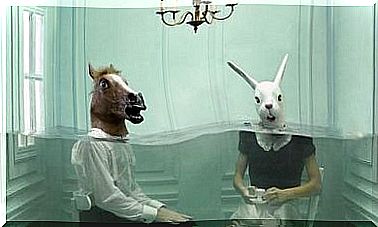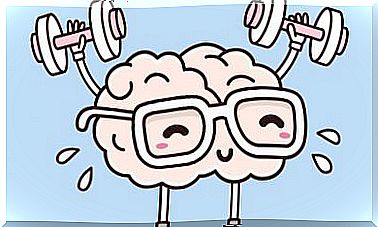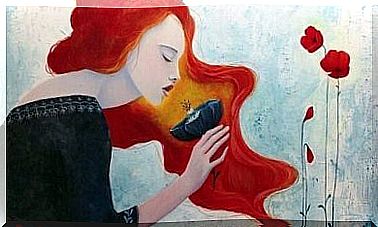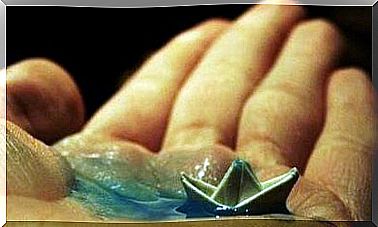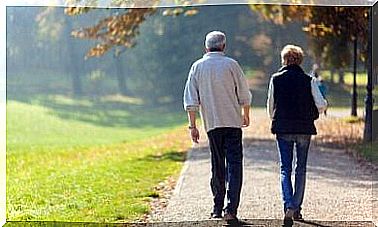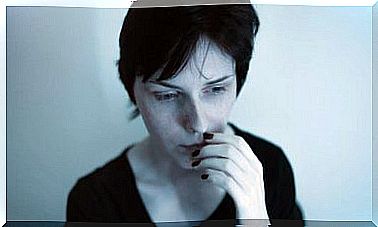Chronic Childhood Pain, This Great Forgotten
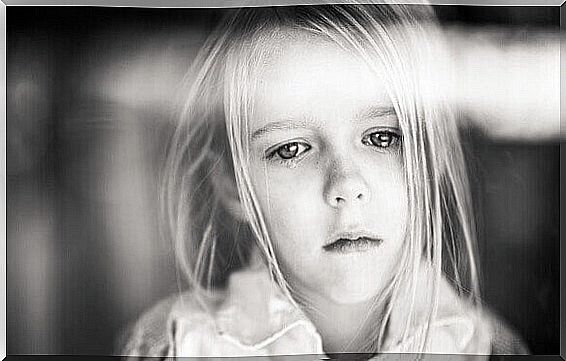
Pain is such an individual and complex experience that good attention and communication with the patient is essential to meet their needs. However, in the face of chronic childhood pain, communication is often impossible as children do not have the words to explain it, crying being their only communication tool. This is why, throughout the twentieth century, chronic childhood pain was largely forgotten by modern medicine and psychology.
Indeed, it was considered until the mid-1950s that children were less sensitive to pain than adults. This straightforward statement had serious consequences: surgeries were performed in many hospitals on children under two years of age without resorting to any form of anesthesia or under minimal anesthesia.

Chronic Childhood Pain Measurement Tools
Currently, both medicine and psychology recognize that chronic pain in childhood has the same characteristics as chronic pain in adults and, therefore, should be treated with the same importance. In other words, childhood chronic pain is considered pain that lasts 6 months or more, with or without a clear physiological cause.
The problem lies in the fact that, until very recently, there were no protocols or tools created to measure chronic childhood pain, because, generally, it was used adaptations of the means used in adults and instruments specifically designed for them. Fortunately, this changed, and clinical psychology played a fundamental role here.
Whether through projective techniques or recognition and emotional expression techniques, the expression and recognition of chronic childhood pain is beginning to spread, to be studied and to be treated. Childhood pain has ceased to be seen as just a childish, unimportant complaint, or as a pretend process to get paternal attention.
When we refer to infants or children under 3 or 4 years of age who do not yet have sufficient linguistic or cognitive development to put words or pictures on their pain, the most reliable measurements are collected through behavioral relationships and physiological variables. With older children and adolescents, self-reports of different types are used. Some of the most used are:
- Pain thermometer: normally numbered 0-10, where 0 represents “no pain” and 10 “worst pain possible”. The child indicates the intensity of his pain by coloring the mercury bar of the corresponding thermometer.
- Eland’s Color Game: This is a color scale where children choose one of eight colors that correspond to different intensities of pain, from no pain to the worst pain possible.
- Nine faces scale: used from 5 years old. It is made up of nine faces, four of which represent different amplitudes of positive affects, four negative affects and one represents a neutral face. The child chooses the face that most closely resembles the pain he is feeling at the given moment.
- The Pediatric Pain Questionnaire: Used in older children or adolescents, it includes 8 questions directly related to pain.
- Pain Diary: Self-report in diary form, which includes a response scale of 0 “painless” to 5 “very severe pain” and the question: “How much pain are you experiencing right now?”. Pain is assessed twice a day during the post-surgical period.

Psychological treatment of chronic childhood pain
When we talk about the treatment of chronic childhood pain, we come across an alarming reality: most of the drugs used to treat pain have no pediatric indications. This is the reason why, on the basis of pain units, special emphasis is placed on the multidisciplinary treatment of pain in children.
Clinical psychology contributes here at the cognitive-behavioral level thanks to a series of treatments considered to be effective and efficient in children aged 7 and over, and to very promising results for the treatment of chronic childhood pain in younger children. Treatment, in general, depends on the type of pain and the analysis performed. Some of the most used techniques here are:
- Biofeedback training: used mainly in headaches, whether blood pressure, functional or migraine. It consists in monitoring a physiological signal of tension or a temperature on the basis of certain reported parameters.
- Relaxation techniques: this is basically deep breathing or muscle relaxation. They are very effective in children because they reduce the activation of the body caused by pain.
- Mindfulness: The few published studies indicate statistically significant improvements in variables such as the intensity and frequency of pain episodes, as well as physical and psychological functioning.
- Hypnosis: the psychotherapeutic objective is generally oriented towards the control of physiological responses, towards the management of attention and cognitive aspects linked to the perception of pain or to the reinforcement of coping strategies.
- Visualization: this involves using mental images or internal representations to modulate the painful experience and thus produce an analgesic effect.
- Distraction: because focusing attention on a painful stimulus has been shown to increase the sensation of pain.
- Contingency control : through the functional analysis of the subject, the aim is to reorganize the environment to facilitate behavior that is adjusted and proportionate to painful situations, while avoiding reinforcing or rewarding unbalanced situations.
Despite all this progress and although it has demonstrated its efficacy and effectiveness, access to psychological treatment in chronic childhood pain units remains very rare. Therefore, multidisciplinary progress and increasing studies in this area is the future for fighting chronic childhood pain.
Bibliographical references
Vallejo, Miguel Ángel; Comeche, Mª Isabel (2016): Manual of behavioral therapy in childhood. Madrid: Dykinson
Mª. J. Quiles, CJ Van Der Hofstadt and Y. Quiles (2004): pain assessment instruments in the patient pediatric: a review. Journal of the Spanish Society of Pain.
Miro, J., de la Vega, R., Solé, E., Castarlenas, E., Sanchez-Rodriguez, E., Galan, S., Roy, R. (2017): psychology and chronic childhood pain. Journal of the Spanish Society of Pain.

